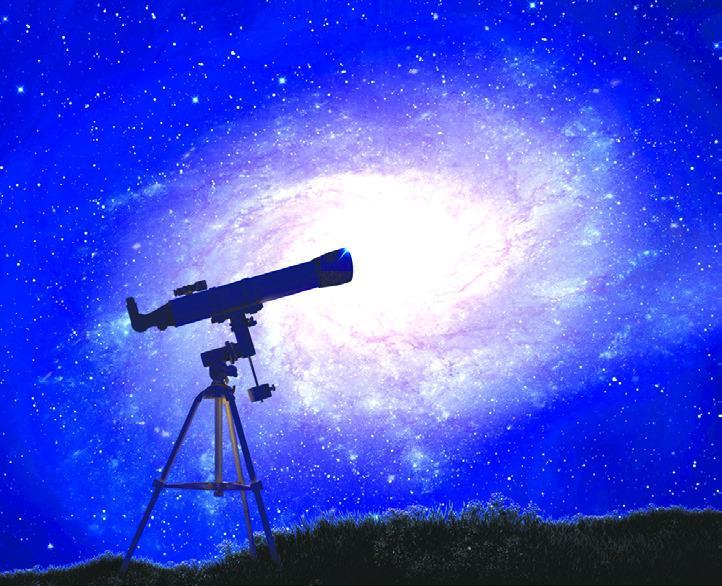
Perseid Meteor shower to peak this weekend
In the mood for making wishes? There won’t be a more perfect time than right now. The Perseid Meteor Shower has officially begun, promising between 50 to 75 “shooting stars” per hour during its peak. The northern hemisphere’s most reliable meteor shower, this astronomical event runs from July 14 through Sept. 1 in 2023, peaking this weekend between Aug. 12 and 13.
For optimal wish-making and meteor- shower viewing, people are encouraged to find a dark sky destination where the stars will be unobstructed by light pollution. For San Marcans, that means a short drive into the Hill Country. Drippings Springs is designated as a Dark Sky Texas community, meaning that the town has passed smart lighting ordinances in order to shield the area from encroaching light pollution. Because of its efforts, Dripping Springs became the first community in Texas — and only the sixth in the world — to be certified as a “Dark-Sky Community,” meaning that visitors can stargaze year-round, and enjoy the Perseids this weekend. Blanco also boasts the Dark Sky Community designation, which broadens the commitment and scope of protecting the night sky within the Hill Country.
Other nearby meteor shower locations include Enchanted Rock State Natural Area, which is designated an International Dark Sky Park. Campers in the park can enjoy an unobstructed view of Big Sky Country, and with this weekend’s moonless nights, conditions are ideal for stargazing. Sunday to Monday night reservations are available, and due to the date being at the start of the week, the park probably won’t be too crowded. Reservations can be made online at tpwd.texas.gov/state-parks/reservations or by calling 512-389-8900.
However, if an overnight Sunday stay is impossible, there are other more local options for viewing the Perseids. Driving toward Blanco and Marble Falls, or toward Wimberley, stargazers will find a plethora of quiet backroads and rest areas still out of the reach of Austin’s light pollution. Plan on observing between 10 p.m. and 4 a.m. According to the American Meteor Society, viewers will have best results around 2 a.m., when the constellation of Perseus will be highest in the night sky. Stargazers don’t need to look directly at Perseus — or even know the constellation’s exact location in the night sky — to see the meteors.
The Perseids are tiny particles of space dust released from the comet 109P/ Swift-Tuttle during its numerous sweeps through the inner solar system. They receive their name from the constellation of Perseus the Hero since that is place in the night sky from which the meteors appear to originate.
The next meteor shower will come in the form of the Orionids, which are a medium-strength shower set to peak Oct. 20-21, 2023. In a normal year, the Orionids produce between 10-20 meteors per hour, far fewer wish-making opportunities than the Perseids. Even so, the Orionids will take place during cooler weather with the moon at 37% full. Plus, this is close to Halloween, so the shower might warrant a trek into the Hill Country.
For more information about stargazing and meteor-shower watching opportunities, visit the American Meteor Society website at amsmeteors.org. For information about Dark Sky Texas, visit idatexas. org.
Happy wishing!











